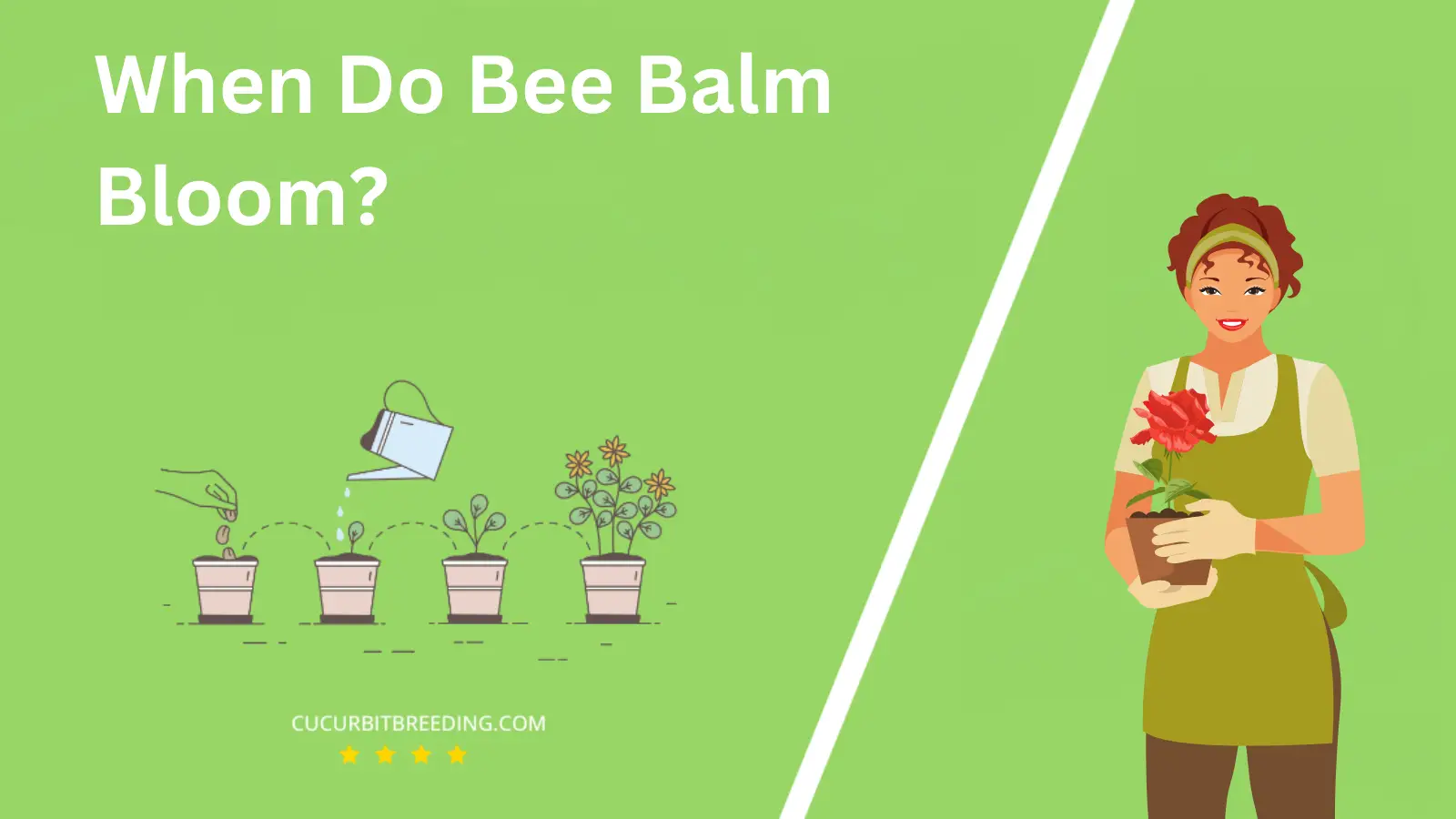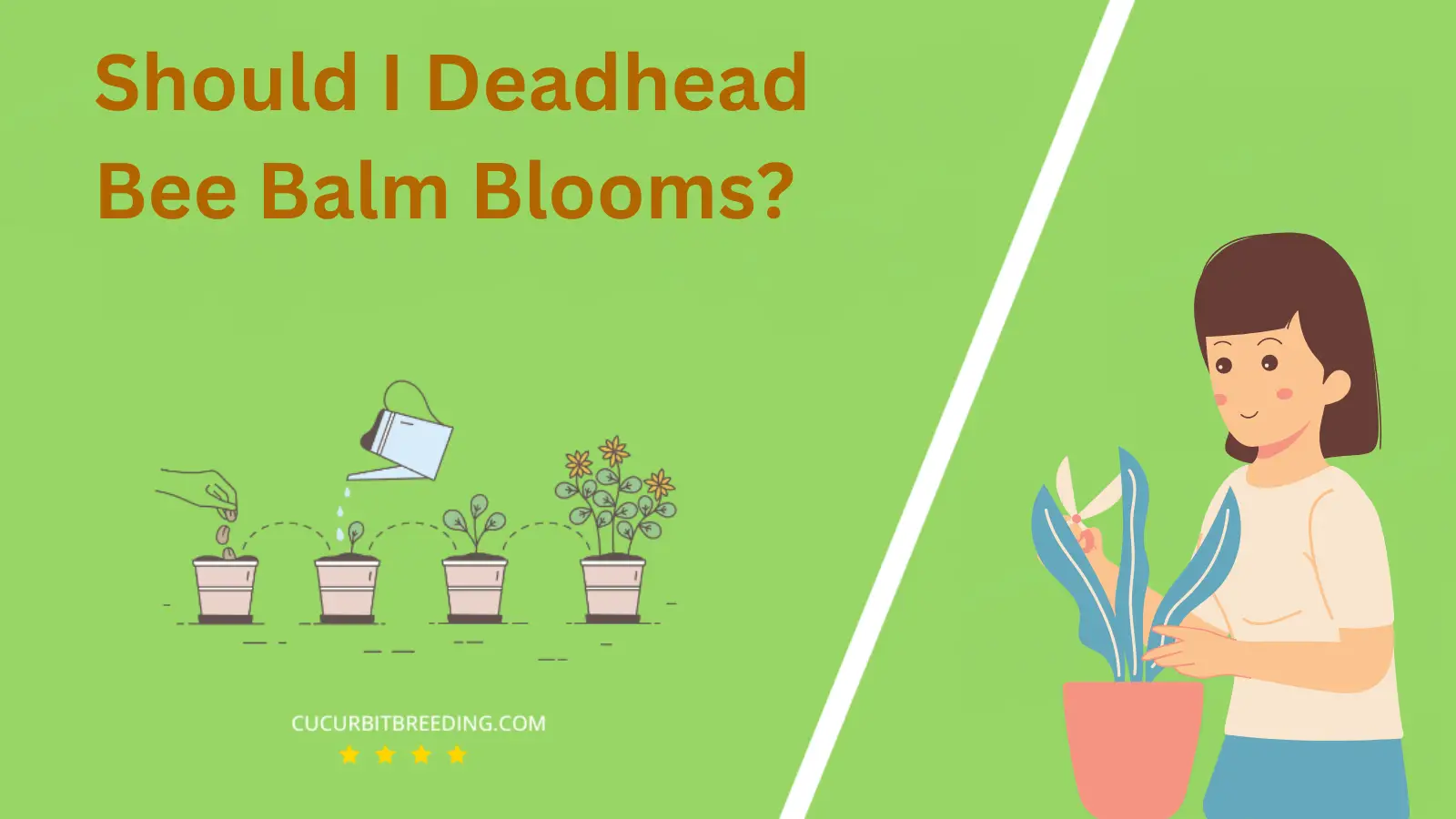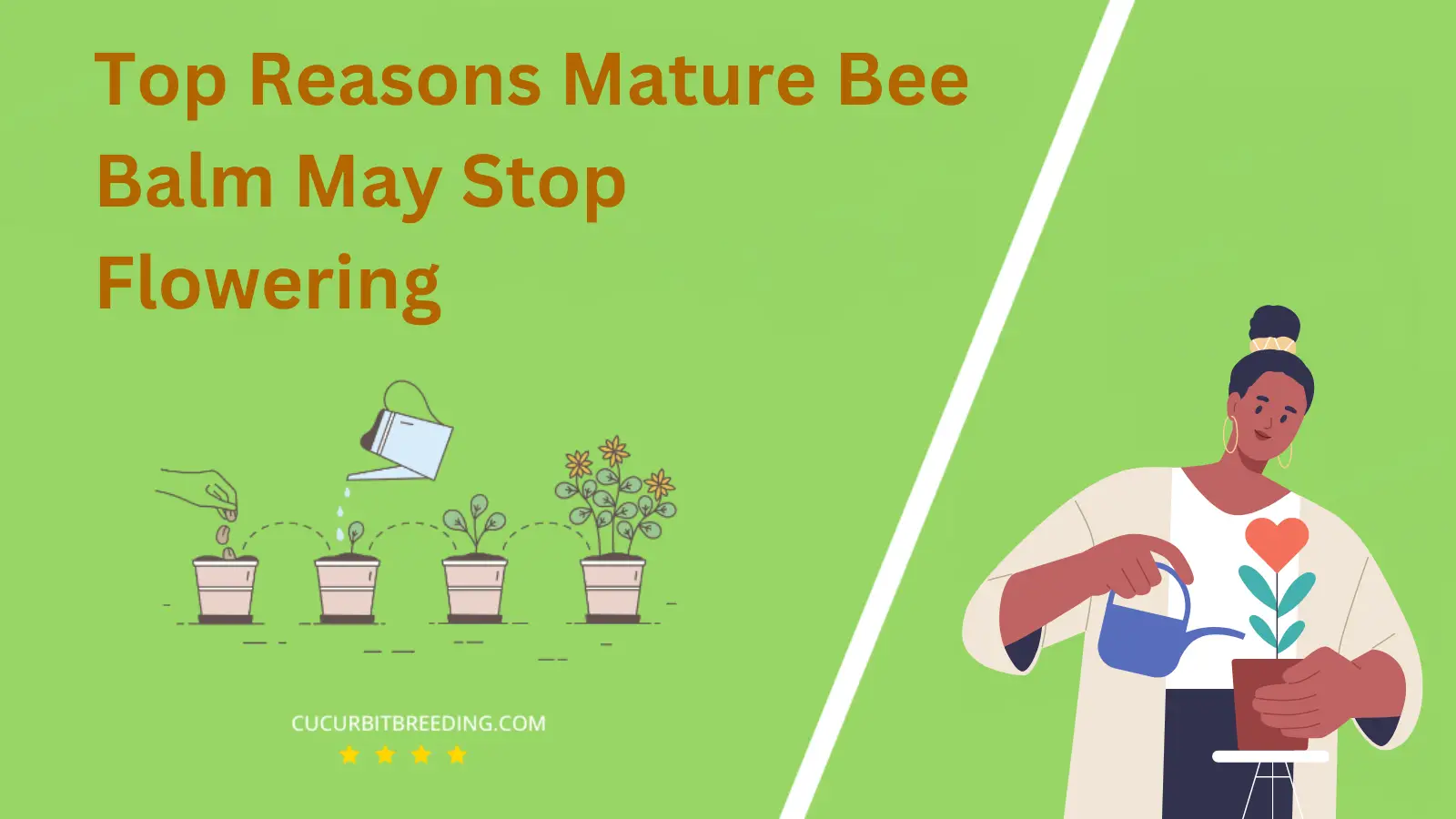
Like a delightful symphony in the garden, Bee Balm adds a burst of color to your outdoor space. But when do Bee Balm bloom? This perennial favorite has a predictable rhythm, but what triggers its explosion of vibrant hues?
Today, we delve into the botanical world to decipher the blooming pattern of this charming plant. A fascinating journey awaits, so let’s get started!
When Do Bee Balm Bloom?
Bee balm, scientifically known as Monarda, usually blooms in the middle of summer, typically from early July to late August. However, the exact timing can vary based on the specific variety of bee balm and the growing conditions.
| Stage | Description |
|---|---|
| Germination | Spring (March-May) |
| Growth | Spring to early summer (April-June) |
| Blooming | Summer (June, July, August) |
| Dormancy | (Depending on the region) Late fall to early spring (November to March) |
How Long Do Bee Balm Bloom?
Bee Balm, a perennial plant known for its vibrant flowers and fragrant leaves, typically blooms from early to late summer, for a period of 4 to 6 weeks. Specifically, the blooming period largely depends on the climate, care, and variety of the Bee Balm plant.
How Light Affects Bee Balm Blooms?
Light significantly affects bee balm blooms. Bee balm plants require full sun exposure to bloom optimally. This means they need at least six hours of direct sunlight each day. Under full sunlight, the plants produce vibrant, abundant blooms. However, they can tolerate a little shade, but this may result in fewer flowers and weaker plant growth. Additionally, insufficient light can make bee balms more susceptible to powdery mildew, a fungal disease. Therefore, for healthier bee balm plants and more prolific blooming, adequate light exposure is critical.
Will Bee Balm Bloom the First Year You Plant Them?
Yes, Bee Balm (Monarda) typically blooms in the first year that you plant them. However, the timing and quality of the bloom can greatly depend on the planting conditions and care given. Providing Bee Balm plants with well-draining soil, full sun to partial shade, and adequate moisture can enhance their chances of blooming in the first year.
Will Bee Balm Bloom Every Year?
Bee Balm, scientifically known as Monarda, is a perennial plant, meaning it has the ability to bloom every year. The plant generally blooms from early to late summer, displaying vibrant flowers that attract bees, hummingbirds, and other pollinators. However, the blooming each year depends on several factors like proper care, suitable climate, and good health of the plant.

Should I Deadhead Bee Balm Blooms?
Yes, you should deadhead Bee Balm blooms. Deadheading, or the process of removing spent flowers, is beneficial for Bee Balm plants as it encourages new growth and prolongs the blooming period. This process also helps prevent the spread of disease and improves the overall appearance of the plant. However, it’s important to do it properly: use sharp, clean shears and cut the spent flower stem back to just above a set of healthy leaves.
Top Reasons Mature Bee Balm May Stop Flowering

Mature Bee Balm may stop flowering due to various reasons. Insufficient sunlight is a primary reason as Bee Balm requires full sun to partial shade to bloom. Another reason could be inadequate soil conditions. Bee Balm prefers well-drained, fertile soil to thrive and bloom.
Additionally, overcrowding can prevent flowering as Bee Balm plants need ample space for proper air circulation and growth. Improper pruning can also lead to lack of flowers, as pruning promotes blooming by encouraging new growth. Poor pruning practices might inhibit this.
Lastly, disease or pest infestation could be affecting the plant’s health and ability to produce flowers. If the plant is suffering from powdery mildew, a common disease of Bee Balm, or infested by pests, it might stop flowering. Regular inspection and treatment can prevent this issue.